

Abbess Ng Mui is one of the legendary Five Elders who survived the ransacking of the Shaolin Temple by anti-Ming rebels. (Claims that Qing government forces burned/destroyed the Shaolin Monastery are less credible.)
Taking refuge in the White Crane Temple, Ng Mui befriended Yim Wing Chun and taught her an unnamed martial art.
One legend tells of Ng Mui, a master and founder of multiple martial arts, who was so inspired by a fight between a snake and a crane that she incorporated their movements into her own style of kung fu.
Selling tofu at her father's shop, Yim Wing Chun became friends with and a disciple of Ng Mui, and in time, learned the martial art system that would later bear her name.
Betrothed to Leung Bok Chau, the beautiful Yim Wing Chun attracted the attention of a local bully seeking to marry her. Using the martial art she learned from Abbess Ng Mui, Yim Wing Chun would later defeat her unwanted suitor.
This legend is the basis for claims that Wing Chun (Ving Tsun) Kuen can be learned quicker, and adapted to defend against a taller, stronger, and/or heavier opponent.
Yim Wing Chun married Leung Bok Chau, a salt merchant from Fujian, and later taught him her martial art. In Foshan, Leung Bok Chau would take Leung Lan Kwai as a student.
According to one legend, when she passed away, Leung Bok Chau named the system, Wing Chun, in memory of his wife.
Leung Bok Chau's origin stories include being a member of the "Red Turban Sect" and former student of the Shaolin. In one account, Leung Bok Chau was a Choi Gar practitioner but abandoned the style and school that he founded when he learned -- by suffering defeat at the hands of one of his sifu's sons -- that he had not been taught the entire system.
A disciple of Leung Bok Chau, Leung Lan Kwai brought Wing Chun Kuen to the Red Boat Opera House where he passed down the system to Wong Wah Bo.
Red Boat Opera Troupe member, Wong Wah Bo, played the male martial lead. He learned the Shaolin long pole techniques from Leung Yi Tai, and in return, Wong Wah Bo taught Wing Chun Kuen to Leung Yi Tai. Together, they collaborated and improved their techniques, incorporating the six and a half point long pole techniques into Wing Chun Kuen.
Leung Yi Tai was a member of the Red Boat Opera Troupe, and reportedly learned the six and a half point long pole techniques from Abbott Ji Sin.
Aboard the Red Boat Opera House, Leung Yi Tai exchanged knowledge with Wong Wah Bo, teaching the long pole techniques in return for learning Wing Chun.
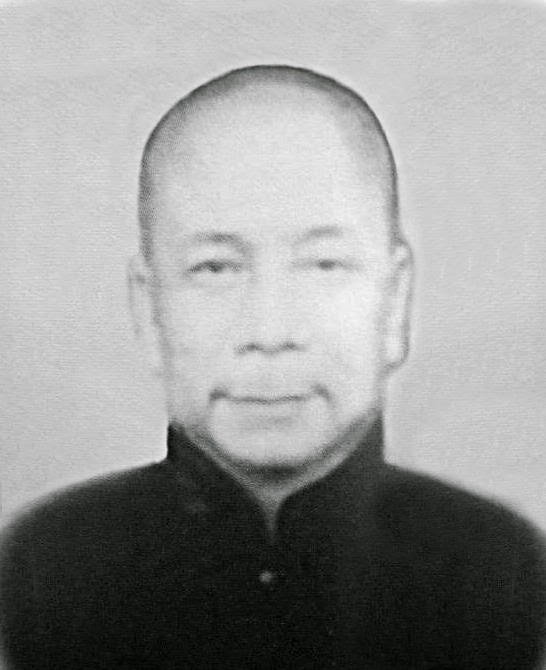
Leung Jan was a Chinese herbal doctor in Foshan who learned Wing Chun from Red Boat Opera Troupe members, Wong Wah Bo and Leung Yi Tai.
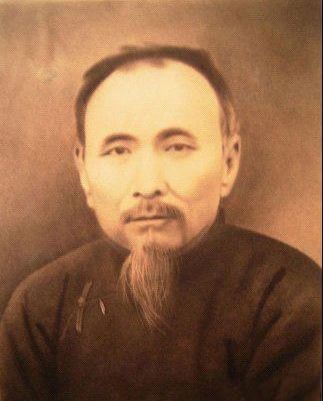
A student of Leung Jan, Chan Wah Shun was already advanced in age (70 years old) when he accepted Ip Man (11 years old) as his last disciple. He taught Wing Chun to Ip Man for three years before passing away.
Ng Chung So was a disciple of Chan Wah Shun and Ip Man's si hing (師兄), or older kung fu brother. Before his death, Chan Wah Shun instructed Ng Chung So to continue training Ip Man in Wing Chun Kuen.
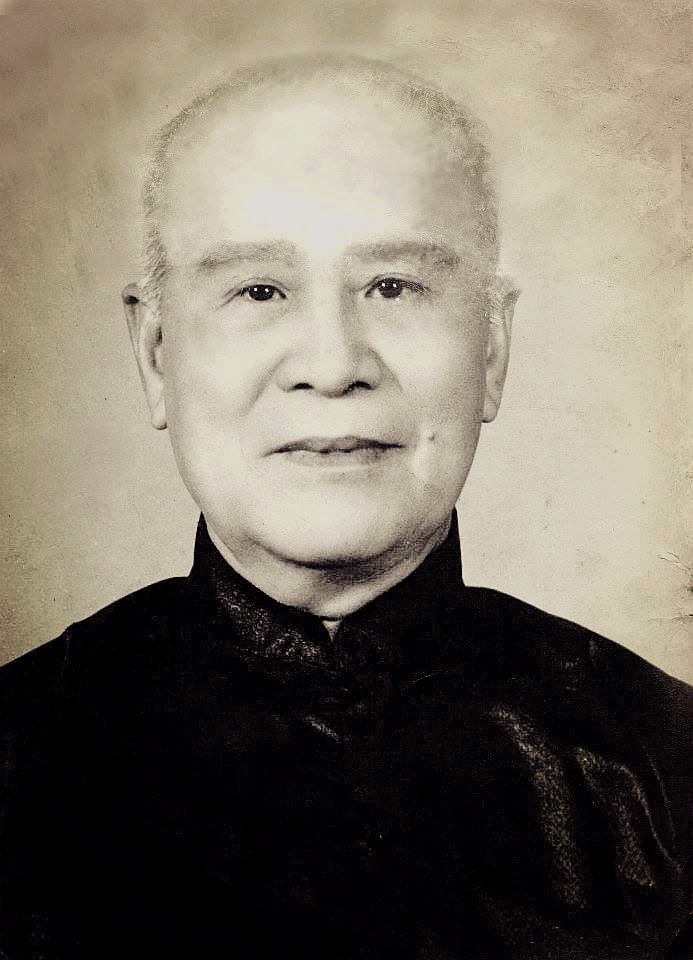
Leung Bik was Leung Jan's eldest son and a private student training in Wing Chun Kuen. In Hong Kong, Leung Bik met Ip Man and became Ip Man's second teacher.
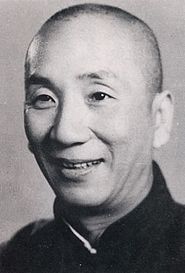
October 1, 1893 - December 2, 1972
Ip Man began his Wing Chun training at age 11, learning the system from Chan Wah Shun for three years. When his sifu passed away, Ip Man continued to train under his master's disciple, Ng Chung So.
At age 15, Ip Man moved to Hong Kong to attend school. One day, he encountered his sisook, Leung Bik, one of Leung Jan's sons, or son of his master's master. Ip Man would complete his Wing Chun education under Leung Bik. Returning to Foshan, Ip Man became a police officer. Following China's civil war, he escaped to Hong Kong where he opened a martial arts school (and moved several times in its history). Beimo victories by his students bolstered both Wing Chun Keun and his reputation as an instructor. Among his earliest students was Wong Shun Leung.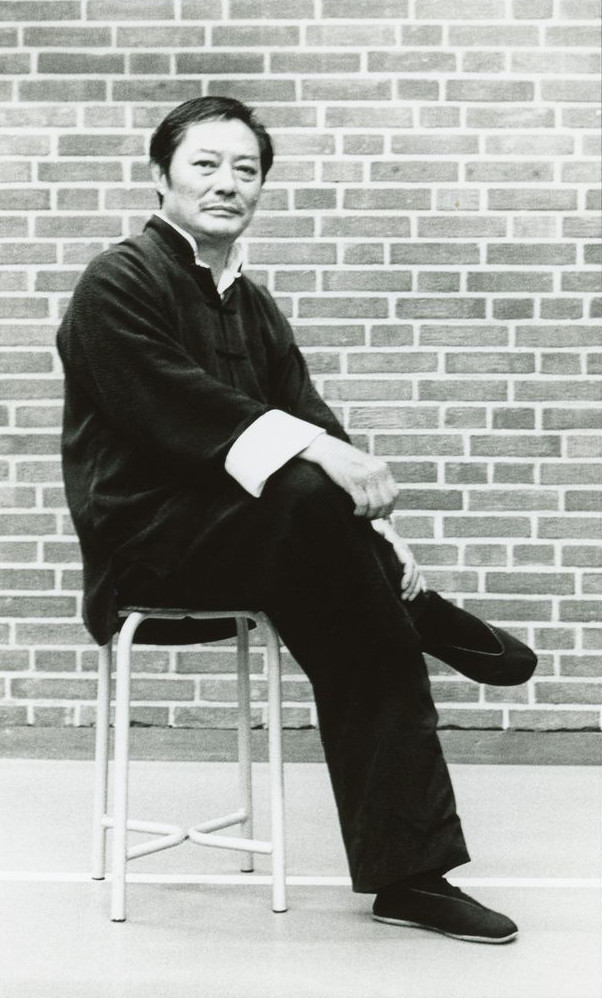
June 8, 1935 - January 28, 1997
Wong Shun Leung met Ip Man in the 1950's. Although he defeated two of Ip Man's students, Wong Shun Leung was soundly defeated by Ip Man. Shortly thereafter, he joined Ip Man's school.
Wong Shun Leung would test his skill in beimo (challenge matches) with other martial artists in Hong Kong. Undefeated, he earned the nickname, "Gong Sau Wong" (講手王 - King of Talking Hands).
Wong Shun Leung would continue to refine the system, teaching it as both Ip Man's assistant instructor and as a full instructor in his own right. Notable students include Bruce Lee, Gary Lam, Wan Kam Leung, Philipp Bayer, and David Peterson.
Abbot (or Monk) Ji Sin is one of the Legendary Five Elders of Shaolin that escaped the ransacking of the Shaolin Monastery (also known as the Shaolin Temple) by rebels in 1641.
The founders of five major styles of Southern Chinese martials arts (i.e., Hung Ga, Lau Gar, Choi Gar, Choy Li Fut, and Mok Gar) were students of Ji Sin.
Fleeing the Shaolin Monastery, Ji Sin disguised himself and worked aboard the Red Boat Opera House (also known as the Red Junk) as a cook. There, Ji Sin taught Leung Yi Tai the six-and-a-half point long pole techniques.
A student of Ji Sin, Choi Gau Yi would go on to found Choi Gar, a major Southern Chinese martial art, characterized by low stances, swift footwork, and rapid strikes.
Choi Gau Yi's five sons further developed and spread Choi Gar. However, it is said, Leung Bok Chau, a non-family member, was Choi Gau Yi's best student and a major proponent of Choi Gar.